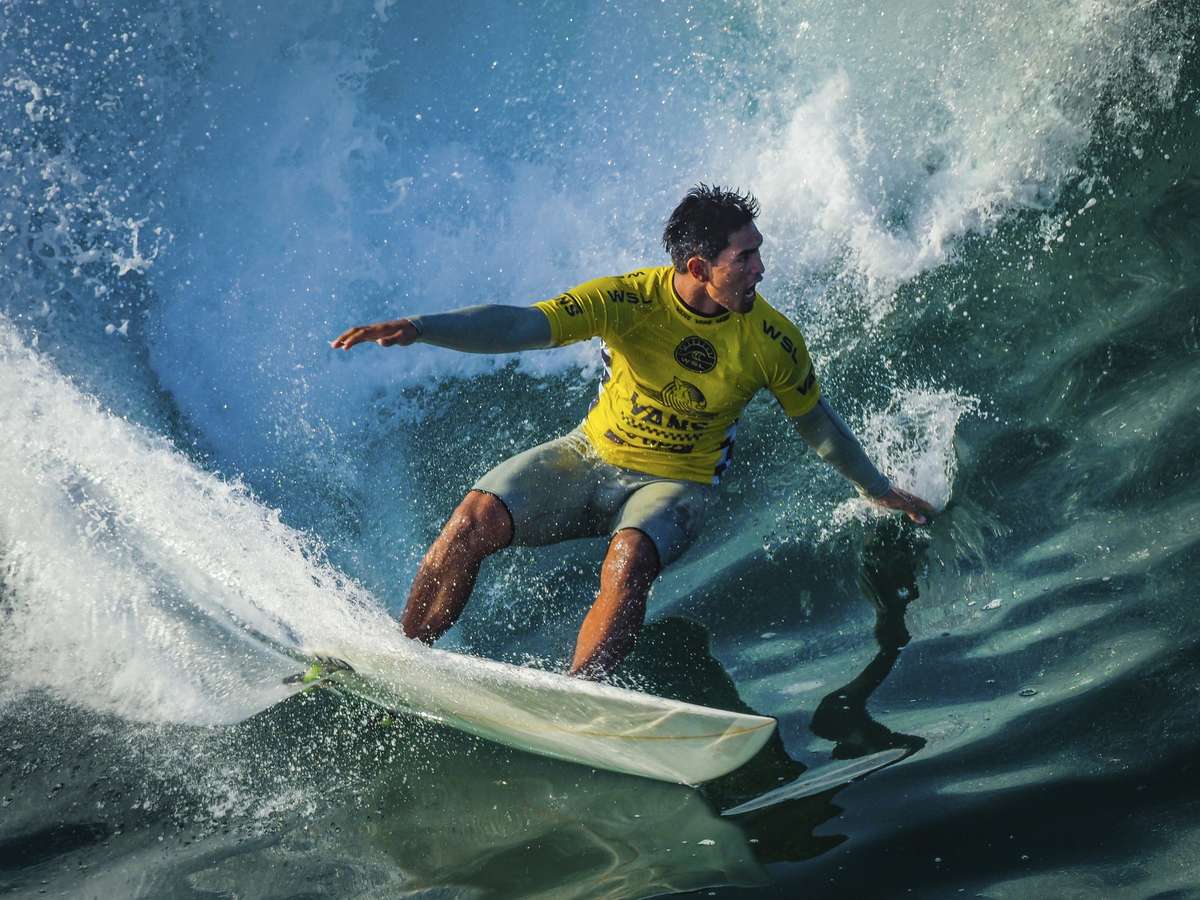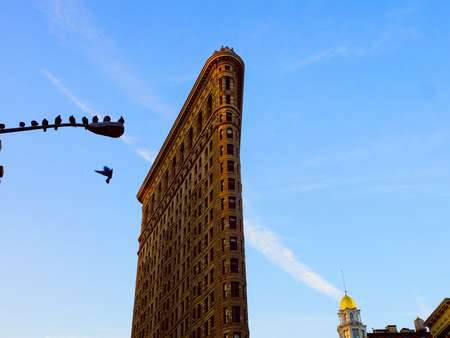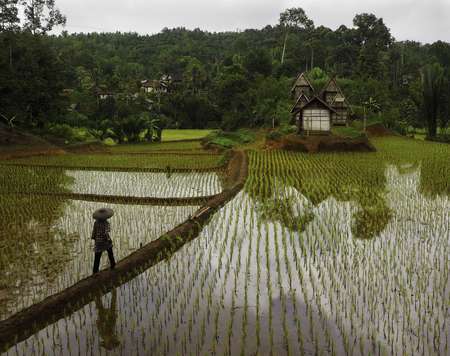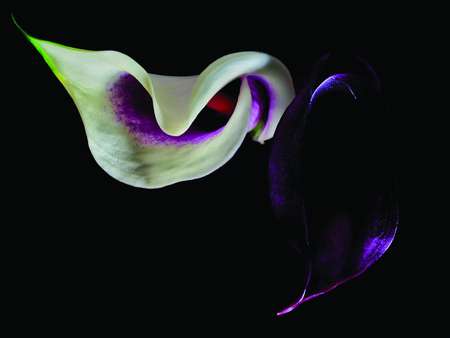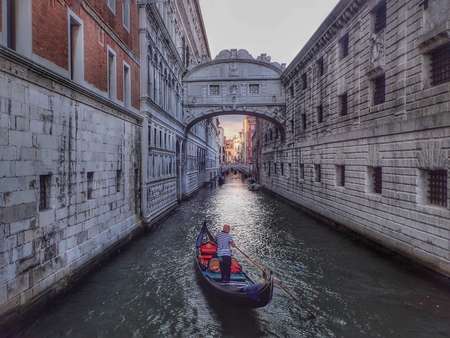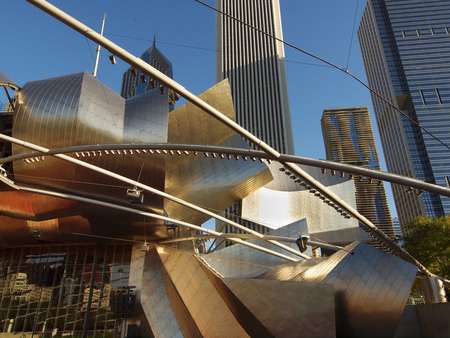I’ve worked most of my career as a newspaper photojournalist and it didn’t take long for me to realize how critical it is to always have a camera with me. I learned this the hard way a few hours into day one of the first job of my professional career.
Fresh out of college, I managed to land a great job as a newspaper staff photographer. Upon reporting for work, my new boss presented me with a big box filled with factory-fresh cameras, motor drives and lenses. “Head to the photo store and pick up some filters,” he suggested as I put my new toys together.
An hour later, my bag loaded with new gear, I walked into the local pro supplier and began shopping for accessories. Then a call came over the 2-way radio (no cell phones back in the day) and an editor directed me to head the downtown courthouse where a shooting had taken place. I bolted out the door, sprinted the three blocks to the scene, and right before me, a paramedic team exited the courthouse, rolling the victim on a gurney to a waiting ambulance. Instinctively, I made a dozen or more frames as the injured man was placed into the ambulance. “Wow!” I thought, “I got the shot.”
Not! As I pressed the rewind lever on my new camera body, my heart sank—I heard the endless whine that signaled my camera was empty. I had forgotten to load my camera with film! Staring in disbelief at my empty camera, I heard a familiar voice. My new boss had been there too. “You get it?” he asked. Sheepishly, I said I had. “But,” I added, “I forgot to load my camera.” To my amazement, laughter erupted. “Welcome to the club,” he said. “We’ve all done it. Now that you have that out of the way, we can work on the rest of your career!”
It will happen…no film, no cards, wrong settings, bad exposure, camera left behind, camera in the car. Sooner or later, you’ll see a great image and something will go sideways. You’ll miss the shot. That day, I vowed to never make that embarrassing mistake again. To this day I haven’t, but only because I became certifiably obsessive about keeping my cameras loaded and preset with the proper settings to handle an unexpected moment.
These days, it’s easier than ever to keep your camera set to capture a spontaneous image. Take a moment to prepare for the worst and capture the best by considering these eight tips so you’ll be read the instant you see a great photo op.
Trust your camera’s automatic modes
Today’s metering technology is amazingly accurate and virtually foolproof. I shoot about 95 percent of my images in aperture-priority, auto-exposure mode. Mostly, my exposures are dead on. If I’m shooting very dark or very light subjects, I used the E.V. bias control to tweak the camera’s base exposure. There’s nothing wrong with using manual exposure in a controlled situation, but for changing light or an evolving situation, nothing is faster than the camera itself. The last thing you want to do is see a great sho then fumble with dials to set your exposure. . I prefer using aperture-priority since I like to choose the aperture to invoke certain “looks” to my images. Some photographers like to shoot on shutter-priority mode and let the camera adjust the aperture. This works great in low-light situations where it’s critical to use fast enough shutter speeds for sharp images. Either way, you’ll have a higher percentage of “keepers” by trusting your camera’s meter.
Let the camera determine the exposure index
Trying to determine the proper exposure index for a given situation is always a challenge. Generally, the lowest E.I. you use will provide the best image quality. But for the unexpected moment, take a pointer from tip number 1 and set your exposure index to auto. Again, if you’re in dimmer light, giving your camera permission to let the exposure index drift higher will keep your shutter speed higher and help prevent blur due to subject or camera motion. You can always tweak your exposure index as you shoot, but the goal is to preset your camera to react quickly to your photographic environment.
Set your camera to auto white balance
If you don’t know your shooting conditions, you’ll need to let the camera handle white balance details. There’s a time and a place for setting a custom white balance, but not while events are quickly unfolding.
Set your camera on single autofocus
Olympus has the fastest autofocus technology, period. It’s quickest when set on single autofocus mode. I keep my focus point set to one point slightly off center to the right. This is a predictable position that works with many types of the spontaneous compositions I typically use, such as in street photography or sports action.
Set your menu to reset your lens focus to infinity
Most grab shots will be taken at medium to or far distances. Speed up you autofocus by keeping your lens set to near infinity––go into your menu and make sure to select the setting that reset your lens to infinity focus each time your power down your camera. This will guarantee your lens is always set to focus at moderate distances. Your chances of your focus being spot-on will be much greater.
Set your camera to capture at a high frames-per-second setting
When a great moment presents itself, don’t hold back! Shoot multiple frames––you’ll be glad you did when you’re editing later on. I keep my camera set on high-speed capture (menu customized to eight frames per second) which is fast enough to reveal nuances of motion but slow enough that I can shoot two or three frames with a quick tap of the shutter release.
Keep a moderate wide-angle zoom on your camera
I work mostly with the Olympus Zukio 12-40 f2.8 Pro zoom set at the 12mm setting. If something happens close to me, the lens is always set wide enough to capture those first few frames. I can always adjust the zoom range to improve the composition. Keeping a long focal length lens on your camera is asking for trouble. Sooner or later, you’ll find yourself “over-lensed” and your composition will be too tight. If you frame too loose, you can always crop in. But if you shoot too tight, you risk missing the picture altogether.
Take advantage of custom function settings
Finally, after you give so much thought to setting your camera up to work in your familiar terrain, be sure to assign your settings to one of your camera’s custom function modes so you can invoke them on the fly. Get in the habit of switching your mode dial to your new custom mode each time your power down. Then all you have to do is hit the “On” switch, aim and shoot.
ABOUT LARRY PRICE
Web: larrycprice.com
Blog: larrycprice.com/blog
Twitter: @LarryCPrice
Instagram: @LarryCPrice
Over his storied career, Larry has worked for some of North America’s largest newspapers, including The Philadelphia Inquirer, The Baltimore Sun, Fort Worth Star-Telegram and The Denver Post. He is currently at work on a longterm project about global pollution with support from the Pulitzer Center on Crisis Reporting in Washington, D.C.
